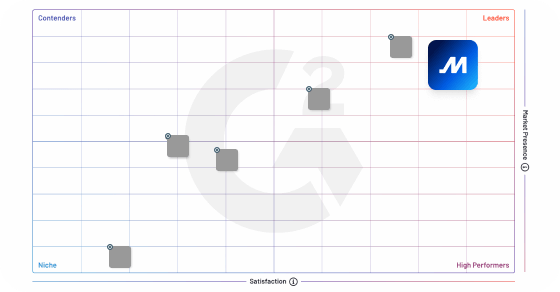In the oil and gas industry, the term “barrel” refers to a unit of measurement used to quantify the volume of crude oil and other petroleum products. It is one of the most commonly used units for trading and transporting oil globally.
A barrel represents approximately 42 U.S. gallons or 159 liters. The standard size of a barrel was established in the mid-19th century when oil was transported in wooden barrels. Despite advancements in technology and the use of different storage and transportation methods, the barrel remains a prevalent unit of measurement in the industry.
The term “barrel” is often accompanied by other descriptors to provide additional information. For example:
– Crude oil barrel. This refers to a standard barrel of unrefined crude oil. Crude oil is measured in barrels to determine its quantity, price, and trading volume.
– Barrel of oil equivalent (BOE). This is a unit used to compare different forms of energy. It represents the amount of energy released by burning one barrel of crude oil. It is commonly used to equate the energy content of oil, natural gas, and other energy sources.
– Production or consumption rate. Barrels per day (BPD) is a measure of the production or consumption rate of oil or petroleum products. It indicates the volume of oil produced or consumed within a 24-hour period.
– Oil price quotations: The price of crude oil is often quoted per barrel. Daily fluctuations in oil prices are widely reported and impact various sectors of the economy.
It’s important to note that different types of crude oil can vary in density and quality, affecting their market value. Additionally, the abbreviation BBL is commonly used to represent a barrel in the industry.



